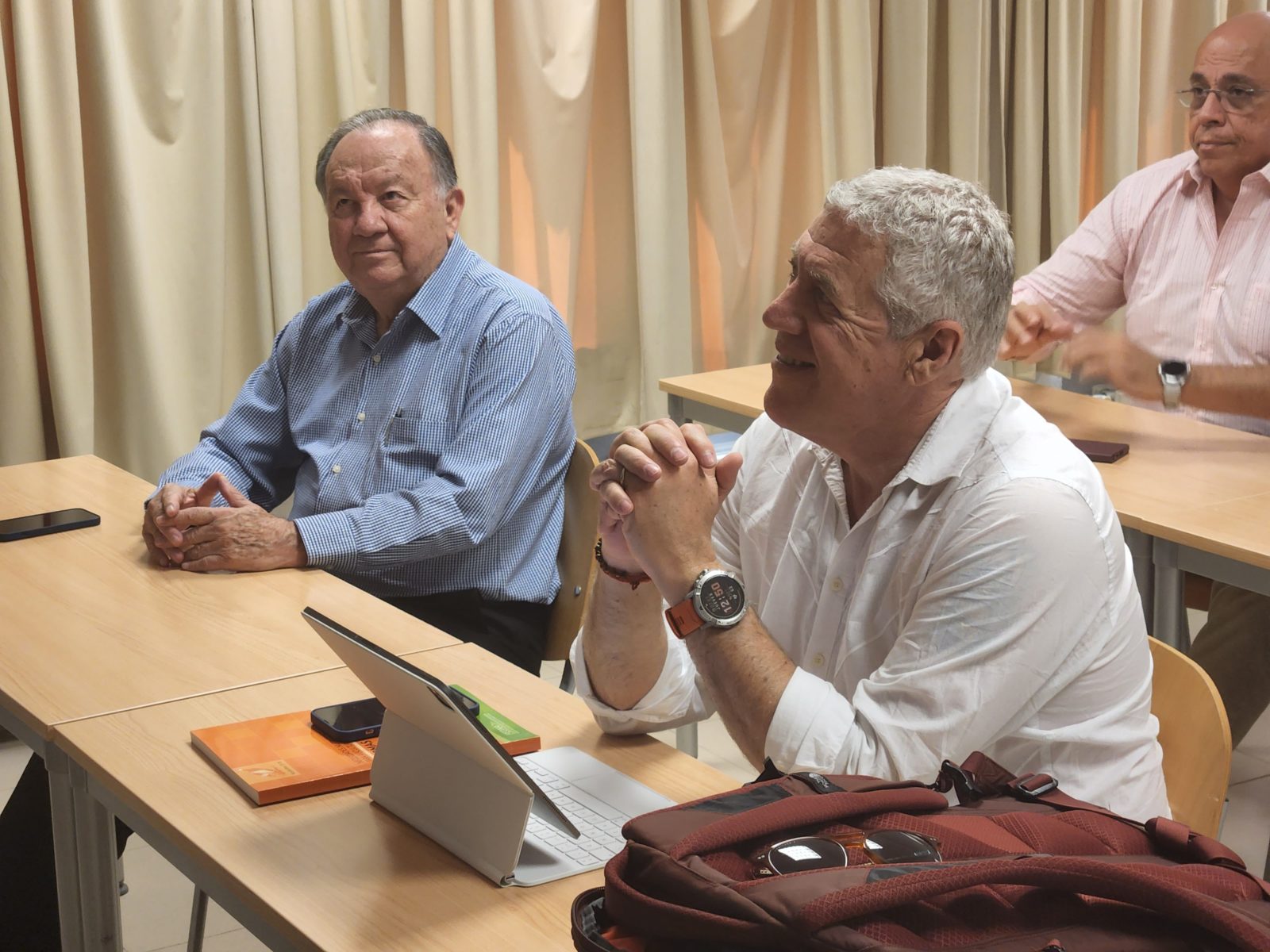U.S. Soy farmers are always enhancing their farming methods to improve their footprint on the environment, water, biodiversity, and livelihoods for their communities and customers around the world. Farmers’ commitment to share this added value is showcased with innovation in education programs, trade teams, conferences and especially in building international networks. As the market demand for increasing levels of sustainability and access to state-of-the-art practices is a major priority for soy customers. Some regions have upfront pressures and others are followers in the trends. Hence, USSEC Americas organized a networking trade team to learn about sustainability trends in Europe to teach customers how to seize the sustainable U.S. Soy value package, with support from the soy checkoff. The visit took place in early July and the team visited Belgium and Spain.

Genaro Bernal, Executive Director at the Mexican Council of Feed Manufacturers and Animal Nutrition (CONAFAB) expressed that “the information discussed during this mission is critical to step forward and prepare for future regulations and market demands.” USSEC expects that industry associations in the Americas are now better prepared to train their associates in sustainability.
“One of the most important highlights for us is to witness how the U.S. Soy Sustainability Assurance Protocol (SSAP) in its latest version addresses the most updated market demands and regulatory requirements,” Dr. Carlos Duque, Ph.D., Director Sustainability of the Colombian Poultry Producers Federation, said. The SSAP is the foundation for demonstrating the value added by U.S. Soy farmers conservation practices.

International customers from the Americas visited the European Feed Manufacturers’ Federation (FEFAC) on July 5 and were received by Anton Van den Brink, Deputy Secretary General. The team understood why the FEFAC Soy Sourcing Guidelines were created and the importance of replicating this exercise in the Americas. “Understanding the impact on the Americas market -and other international markets- of the actions and demands of European regulators and consumers will be very useful for our program planning,” said Van den Brink.
U.S. Soy farmers support to this trade team is another proof of their commitment to the Americas market. When industries take the leadership in the sustainability debate, they are able to better appreciate and seize the sustainability advantage of U.S. Soy. USSEC Americas made an effort to host representatives of relevant industries and companies, including Colombian feed, aquaculture and poultry producers’ associations, Mexican feed, oils and fats producers, and sustainability leaders in the region.

The team met with the Spanish Feed Producers Confederation (CESFAC) on July 7 to talk about pressures to the feed industry, the benefits of sustainability and the work that sustainable U.S. Soy has done in Spain. They also attended the CESFAC Annual General Assembly on July 6. “It’s enlightening to see how the Spanish feed and animal meat production sector faces similar challenges as we do in Ecuador,” said Edisson Garzon, CEO of BiOALiMENTAR. “With these experiences we will have a better understanding on what to do in our countries,” he added.
Jorge de Saja, Executive Director of the CESFAC, said that sustainability pressures are different between northern and southern Europe. “Different societies have different developments and different needs in terms of sustainability. Here in Spain we are more similar to the Americas than to Northern Europe, but we share the same challenges. Feeding the world while preserving the environment, nurturing society, and maintaining the economy are also priorities of Spanish feed and animal protein producers.”

The trade team finished with a conference by Prof. Dr. Gonzalo G. Mateos at the Universidad Politecnica de Madrid on July 7. Dr. Mateos explained how different origins have impact on precision nutrient management in feed formulation. He also built the case for U.S. Soy as the preferred feedstock. “Our research demonstrates that feed formulators and animal protein producers must revisit the composition of U.S. Soy, in comparison to other origins, to properly capture its nutritional value,” he said. “This advantage helps in the operational efficiency and later sustainability KPIs of producers,” he added.
